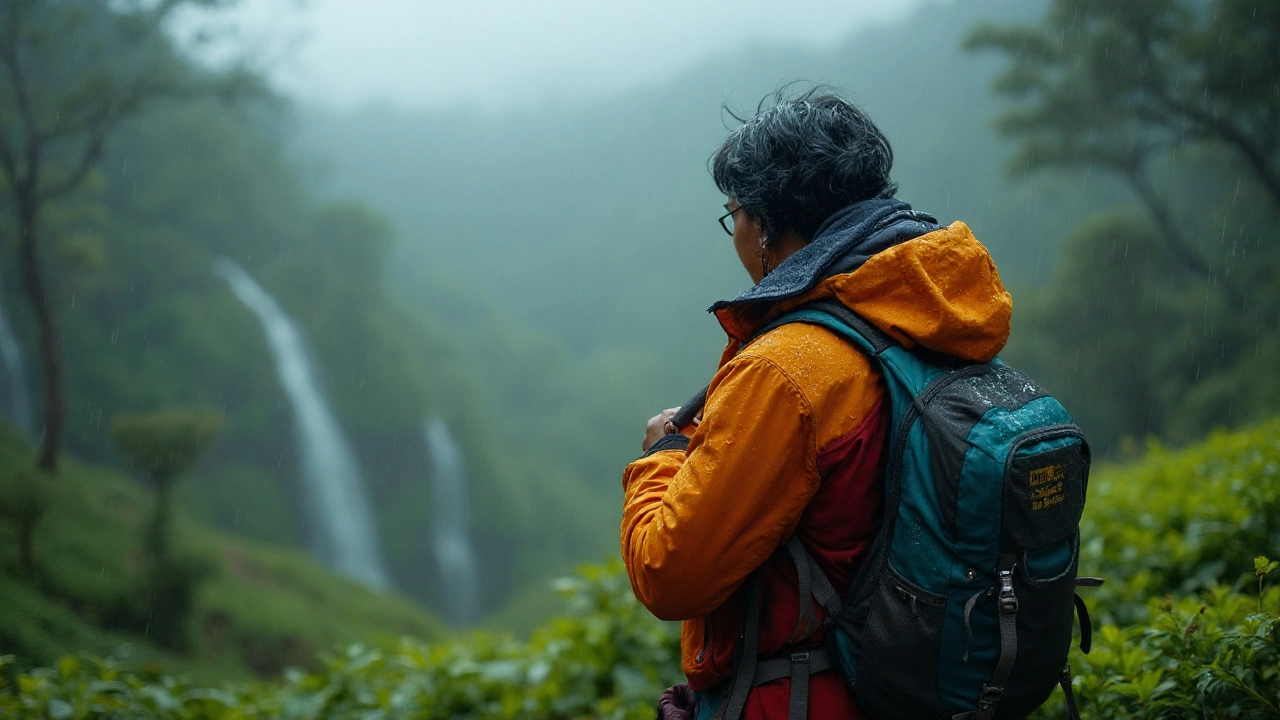SEARCH
What to Wear Hiking: Your Simple Guide to Trail‑Ready Clothing
Ever stood at the base of a hill and wondered if you packed the right stuff? The answer is easier than you think – just follow a few basics and you’ll feel good on any trek, whether it’s the Western Ghats or the Himalayas.
First off, think about the weather. In India you can go from hot sunrise to chilly evening fast, especially above 2,000 m. That’s why the layering rule works so well: start with a moisture‑wicking base, add an insulating middle, and finish with a wind‑proof shell.
Layering Basics: Build the Right Outfit
Base layer. Choose a shirt and leggings made of synthetic fabrics like polyester or a lightweight merino wool blend. Both pull sweat away from your skin and dry quickly, so you don’t end up soaked and cold.
Mid layer. A fleece jacket or a thin down vest does the job. It traps warm air but still lets moisture escape. If you’re trekking in the monsoon‑prone Western Ghats, a breathable but water‑resistant softshell works better than a heavy fleece.
Outer shell. Look for a jacket with a waterproof rating of at least 5,000 mm and breathable vents. A simple packable rain coat with a hood is enough for most Indian treks. If you plan on climbing higher in the Himalayas, a dedicated gorget‑type shell with better breathability will keep you dry.
Don’t forget your head and hands. A wide‑brim hat shields you from sun at lower elevations, while a warm beanie or buff covers your ears when the temperature drops. Lightweight gloves are a lifesaver on early‑morning climbs.
Footwear and Accessories You Can’t Skip
Socks. Go for thin, synthetic or merino socks that fit snugly. Thick cotton socks hold moisture and cause blisters. Carry an extra pair and change them if they get wet.
Boots. The right boot depends on terrain. For rocky or uneven paths, a ankle‑supporting hiking boot with good tread is best. For flatter routes in the Deccan plateau, a sturdy trail shoe works fine and is lighter. Always break in your boots before a long trek – a few short walks will do.
Backpack. A 20‑30 L daypack with a rain cover is enough for day hikes. Pack a small first‑aid kit, a water bottle, and a pocketknife. If you’re doing multi‑day trekking, add a sleeping bag liner and a compact stove.
Lastly, protect your eyes. UV‑blocking sunglasses reduce glare on sunny peaks and keep wind out of your eyes. A pair with interchangeable lenses can handle both bright and overcast days.
Ready to hit the trail? Follow these simple steps, adjust for the local climate, and you’ll stay comfortable from sunrise to sunset. Happy trekking!

3-Layer Rule for Hiking: Base, Mid, Shell Explained With Real-World Examples
Understand the 3-layer rule for hiking: base, mid, and shell. Learn what to wear, how to pick fabrics, and how to adjust in changing weather with simple examples.
Continue reading